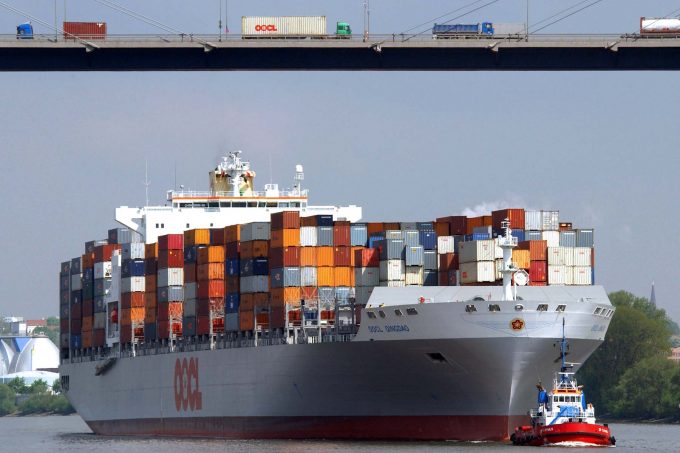Pre-tariff rush of goods from US to China sees air rates soar, but not for long
Beijing’s decision to impose higher tariffs on US goods has led to a rush of ...

Container spot rates from Asia to North Europe increased again this week, and some carriers are holding off quoting for May shipments ahead of anticipated general rate increases (GRIs).
Drewry’s WCI North Europe component edged up 4% on the week, to $1,598 per 40ft, however forward quotes for late April sailings from China are coming in significantly higher than spot.
Indeed, a shipper contact of The Loadstar is being quoted $1,750 per 40ft from Dalian, China, to Felixstowe and $1,825 to Rotterdam ...
Outlook for container shipping 'more uncertain now than at the onset of Covid'
Teamsters union vows UPS will be 'in for a hell of a fight' over jobs cull
Shippers warned: don't under-value US exports to avoid tariffs – 'CBP will catch you'
Cancelled voyages take the sting out of spot rate declines this week
New Houthi warning to shipping as rebel group targets specific companies
K+N CEO unveils impact of US import tariffs on China-origin goods
Blanked sailings in response to falling demand 'just a stop-gap solution'
More pressure on transpacific rates as carriers bet on a China-US trade deal
CMA CGM to reflag box ship as the French carrier eyes growing Indian market
Boeing looks to resell up to 50 aircraft rejected by Chinese buyers
'Strong start' to 2025, despite market uncertainty, says Kuehne + Nagel
US Customs chaos means 'more downside risk than upside potential' for air cargo
Taiwan ministries act to mitigate effect of trade war on agriculture exports
Wan Hai joins box shipping 'arms race', but avoids Chinese yards for newbuilds
MOL signs up with Climeworks for direct air carbon capture and storage


Comment on this article